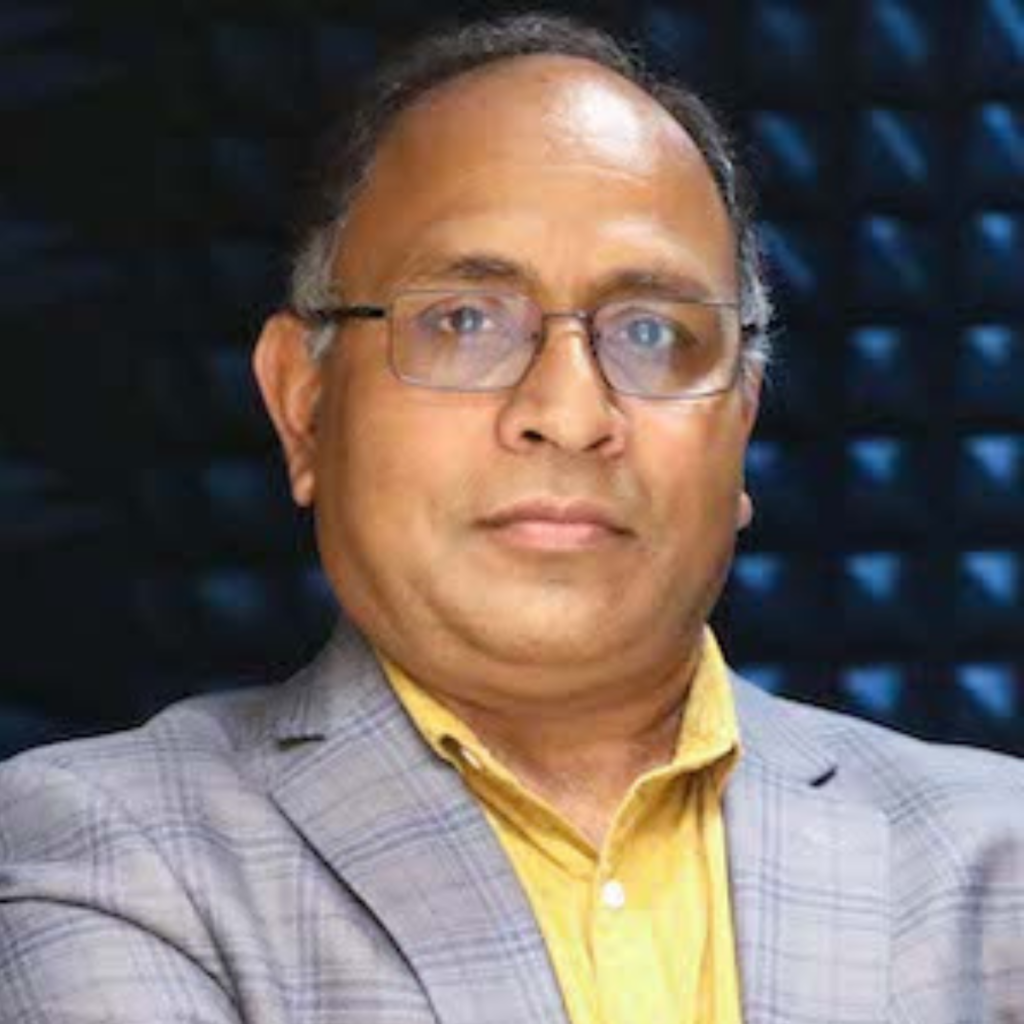IEEE AP-S/MTT-S
CHILE CHAPTER
CHAPTER INAUGURAL WORKSHOP
IEEE AP-S/MTT-S CHILE CHAPTER

About
The IEEE Antennas and Propagation Society (AP-S) / Microwave Theory and Techniques Society (MTT-S) Joint Chapter in Chile serves as the local representation of two of IEEE’s most prominent technical societies, dedicated to fostering research, development, and innovation in the fields of antennas, electromagnetic wave propagation, and microwave techniques.
This new chapter aims to drive knowledge exchange among professionals, academics, and students, promoting technical excellence, continuous learning, and collaboration with industry leaders at both national and international levels. Through meetings, conferences, and workshops, it seeks to strengthen ties between academia and industry, encourage high-impact scientific and technological projects, and train new generations of experts in these areas.
The Chapter Inaugural Workshop marks the starting point for establishing a robust AP-S and MTT-S presence in Chile, laying the foundation for a strong and active community committed to advancing telecommunications and microwave engineering in our region. We invite you to join us and be part of this initiative that fosters technological growth and international collaboration!
WELCOME TO IEEE AP-S/MTT-S CHILE CHAPTER
Dear colleagues,
It is an honor to extend my warmest welcome to the Chapter Inaugural Workshop of the IEEE Antennas and Propagation Society (AP-S) / Microwave Theory and Techniques Society (MTT-S) Chile Chapter. This event marks a historic moment for our community, as it represents the official launch of a chapter dedicated to promoting research, innovation, and collaboration in the fields of telecommunications and microwave engineering in our country.
Over the course of these days, we will have the opportunity to share experiences, present technological advancements, and discuss the future of our areas of study, strengthening ties between academia, industry, and students. I am confident that each of you will contribute your insights and expertise to enrich this gathering and foster mutual learning.
I appreciate your presence and enthusiasm, and I encourage you to make the most of every session and interaction we have planned. Welcome, and thank you for being part of this significant milestone in the history of IEEE AP-S/MTT-S in Chile!
ORGANIZER – Francisco Pizarro
Chile AP-S/MTT-S joint
CHAPTER CHAIR
DAY ONE
- CHILEAN RESEARCH
- SOCIETIES PRESENTATIONS
DAY TWO
- DISTINGUISHED
LECTURERS TALKS
DAY THREE
- MEMBERSHIP DRIVE
- STUDENT PRESENTATIONS
MAY 7 - MORNING
MAY 7 - AFTERNOON
MAY 8
MAY 9 - MORNING
INTERNATIONAL SPEAKERS
Mauro Ettorre
Michigan State University
Exploring the Future of Wireless Connectivity: Key Innovations in Radiating Systems for Near and Far Field Communications
In the near future, high-speed wireless networks will take advantage of the vast available spectrum in the sub- and millimeter-wave frequency ranges of XG systems and New Space technologies. These networks will enable communication between users and objects in both the far- and near-field of radiating devices. Innovations in antenna technology are essential to fully utilize these bandwidths…
Levent Sevgi
Istanbul Technical University
From ENGINEERING ELECTROMAGNETICS to ELECTROMAGNETIC ENGINEERING: Teaching/Training Next Generations
Electromagnetic fields play a growing role in modern life—spanning communications, remote sensing, medicine, and defense. This talk reflects on the evolution from Engineering Electromagnetics to Electromagnetic Engineering, covering wide-frequency systems from DC to THz, and the need to balance theory, practice, and simulation when designing systems in complex EM environments…
Satish K. Sharma
San Diego State University
Design and Development of Flat Panel Phased Array Antennas for Wireless and Satellite Communication Applications
There is a growing demand for high-throughput, beam-steering antenna solutions for wireless and satellite communications. Beam steering antennas have progressed rapidly thanks to silicon beamforming chipsets, multilayer PCBs, and 3D printing. This talk introduces flat panel phased arrays with dual-polarized and reconfigurable designs, highlighting beamforming circuits and modern fabrication methods…
José Rayas
The Jesuit University of Guadalajara
Space Mapping Design Optimization: Power in Simplicity Rooted in Engineering Practice
This talk describes one of the most powerful and computationally efficient optimization techniques for RF and microwave engineering: the space mapping approach to design. Invented in 1994 by Prof. John Bandler, the technique has evolved with variations, improvements, and real-world applications. Space mapping intelligently combines accurate but expensive models with fast approximate ones, enabling efficient optimization of high-frequency circuits…
Branislav M. Notaros
2024 President of IEEE Antennas and Propagation Society
Colorado State University
Selected Topics in EM & AP: From Novel EM Modeling Methodologies to Emerging AI, Sensing, and Medical AP Applications
Antennas and propagation technologies are advancing rapidly, and the role of EM modeling is more crucial than ever. This talk introduces a synergy of error estimation, adaptive refinement, and uncertainty quantification to improve simulation accuracy for mission-critical EM problems. It also explores how AI and machine learning are shaping the future of EM and AP, with applications ranging from smart mining and MRI design to telemedicine diagnostics and snowflake characterization…
Anabella Ferral
Gulich Institute / National University of Córdoba, Argentina
Satellite Remote Sensing Tools Applied to Water Resources Management in the Frame of SDGs 2030
The UN 2030 Agenda proposes 17 Sustainable Development Goals (SDGs), including SDG 6 on clean water and sanitation. Eutrophication, often worsened by human activity, leads to harmful algal blooms that release toxins. This talk explores how satellite remote sensing, particularly multi- and hyperspectral data, is applied to monitor water quality. Emphasis will be on recent developments for detecting algal blooms, along with advantages, limitations, and the science-policy connection…
Takashi Tomura
Institute of Science Tokyo
Origami Deployable Reflectarray Antennas for Small Satellites and Spacecraft
In addition to ultra-high-speed communications and low latency, 6G requires extended coverage over the air, sea, and space. In this talk, I report on an origami deployable reflectarray antenna for onboard small satellites and spacecraft. The antenna can be compactly stowed in a flasher fold pattern. It can be stored small when it is onboard a rocket and large when it is deployed in space…
Featured News
Save the Dates for the Inaugural Event!
© Copyright 2025










